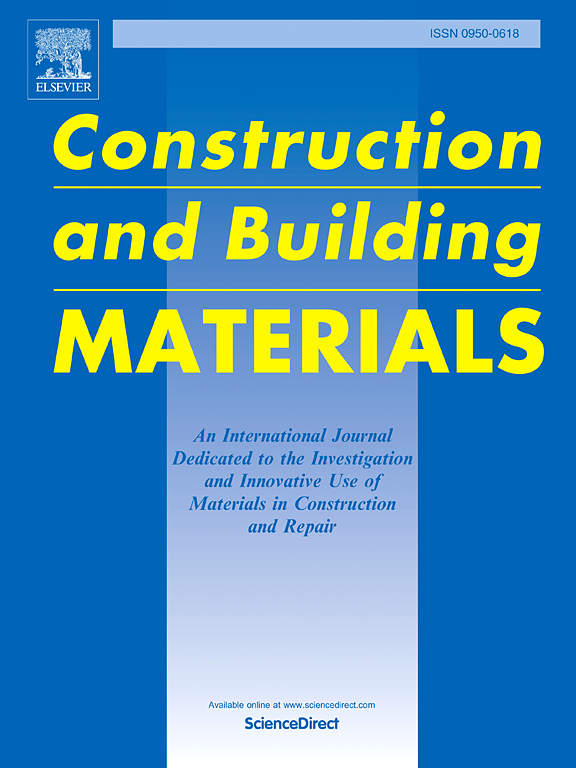Numerical and in-situ investigation on bilateral double-wall barriers in mitigating metro train-induced vibrations
IF 7.4
1区 工程技术
Q1 CONSTRUCTION & BUILDING TECHNOLOGY
引用次数: 0
Abstract
In the case of metro tunnels crossing through the area with buildings on both sides in a densely populated mega city, it is necessary to apply a countermeasure to mitigate metro train-induced vibrations on both sides. To achieve this goal, a vibration mitigation measure concept of bilateral double-wall barriers (BDWB) is proposed, in which a wall-soil-wall composite as a double-wall barrier is set in the propagation path from the tunnels to the buildings at one side of the tunnels and, typically, is symmetrically installed at the other side. The performance of the BDWB in a homogeneous halfspace is examined using a 2.5D finite element methodology. The wall-soil-wall composite is idealized as a Timoshenko beam model and its bending dispersion curve is analytically obtained by a simplified method. The physical mechanism of the BDWB is interpreted, indicating the dominance of the bending mode of the wall-soil-wall composite and the influence of a phase shift caused by the compressive wave velocity difference in the BDWB. A series of full-scale in-situ tests are conducted to investigate the isolation performance of the BDWB, followed by a comparison with the corresponding numerical analysis. The results show that a BDWB of 24.5 m depth in the test site can effectively reduce the vibrations behind the BDWB with a maximum average insertion loss of up to 24.3 dB. Results from the in-situ test and the numerical analysis confirm the potential of the BDWB in isolating metro train-induced vibrations.
求助全文
约1分钟内获得全文
求助全文
来源期刊

Construction and Building Materials
工程技术-材料科学:综合
CiteScore
13.80
自引率
21.60%
发文量
3632
审稿时长
82 days
期刊介绍:
Construction and Building Materials offers an international platform for sharing innovative and original research and development in the realm of construction and building materials, along with their practical applications in new projects and repair practices. The journal publishes a diverse array of pioneering research and application papers, detailing laboratory investigations and, to a limited extent, numerical analyses or reports on full-scale projects. Multi-part papers are discouraged.
Additionally, Construction and Building Materials features comprehensive case studies and insightful review articles that contribute to new insights in the field. Our focus is on papers related to construction materials, excluding those on structural engineering, geotechnics, and unbound highway layers. Covered materials and technologies encompass cement, concrete reinforcement, bricks and mortars, additives, corrosion technology, ceramics, timber, steel, polymers, glass fibers, recycled materials, bamboo, rammed earth, non-conventional building materials, bituminous materials, and applications in railway materials.
 求助内容:
求助内容: 应助结果提醒方式:
应助结果提醒方式:


